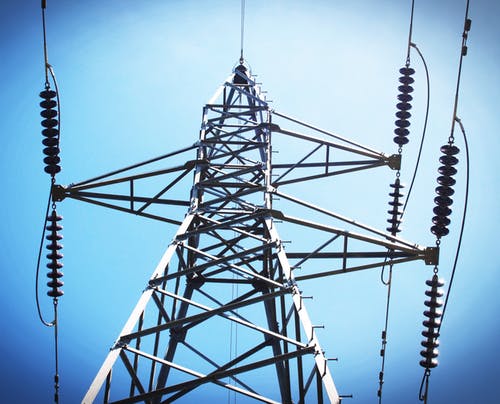Texas Commission Approves Oncor’s Electric System Resiliency Plan

The Texas Public Utilities Commission on Nov. 14 approved a system resiliency plan submitted by electric utility Oncor. This marks the first plan filed with the commission by an electric utility to bolster the resiliency of electricity systems and facilities against threats including natural disasters and cyber attacks.
The plan includes several measures to protect Texas residents from extreme weather events, such as wildfire mitigation, reinforcement of overhead and underground distribution systems, bolstering the systems’ cybersecurity, and expanding vegetation management programs. The commission is currently reviewing resiliency plans from other Texas electric utilities including American Electric Power Texas and Entergy Texas.
In May 2023, the Texas Legislature enacted House Bill 2555, enabling the state’s electric utilities to submit system resiliency plans for commission approval. The resiliency plans are required to include strategies to prevent or mitigate the effects of sudden events such as extreme weather or cyber-attacks on electric systems. The bill also authorized electric utilities to recover costs from system upgrades via charges in customer utility bills.
Following the commission’s approval, Oncor must submit an annual report by May 1st to track progress on the resiliency plan. The report should include evidence of the benefits of resiliency measures, implementation status updates, and an assessment of the effectiveness of resiliency actions.
As Texas covers a large area consisting of complex terrain, it is vulnerable to extreme weather events that could damage electric grids and disrupt service to customers. Earlier this year, Hurricane Beryl affected parts of Texas’ power generation facilities, disrupting service to 2.5 million customers, and forcing out five thermal generation resources and an energy storage resource.
Following the storm, the commission opened an investigation to evaluate the emergency preparedness and response of electric utilities under extreme weather threats. Centerpoint Energy, the largest electric utility in Texas, faced mounting criticism for its slow response and recovery during the storm. As a result of the criticism, the utility withdrew its request to raise electric rates and its proposed $2.3 billion resiliency plan.
Another recent study from the North American Electric Reliability Corporation found that the Texas transmission region is at the highest risk of insufficient energy resources during extreme weather events. The region covered by the Electric Reliability Council of Texas, which manages about 90 percent of Texas’ electric load, showed a maximum resource deficiency of almost 19 gigawatts (GW), the highest deficiency in the country. The report recommended adding around 14 GW of additional transfer capability to the region.
EnerKnol Pulses like this one are powered by the EnerKnol Platform—the first comprehensive database for real-time energy policy tracking. Sign up for a free trial below for access to key regulatory data and deep industry insights across the energy spectrum.
ACCESS FREE TRIAL